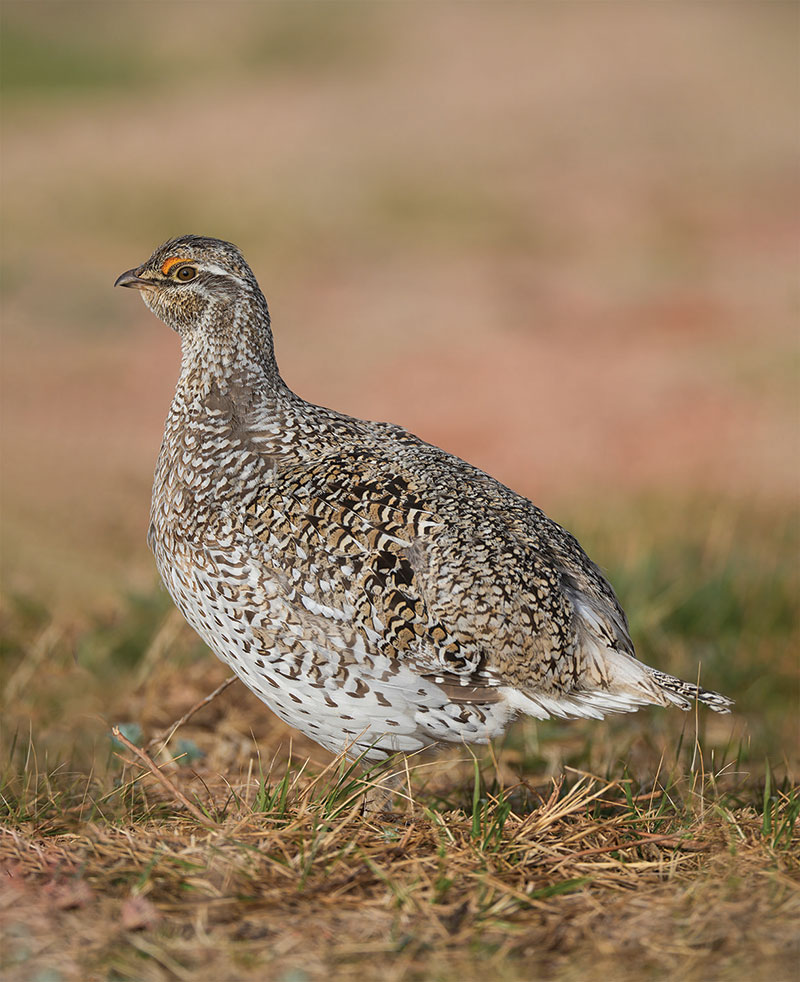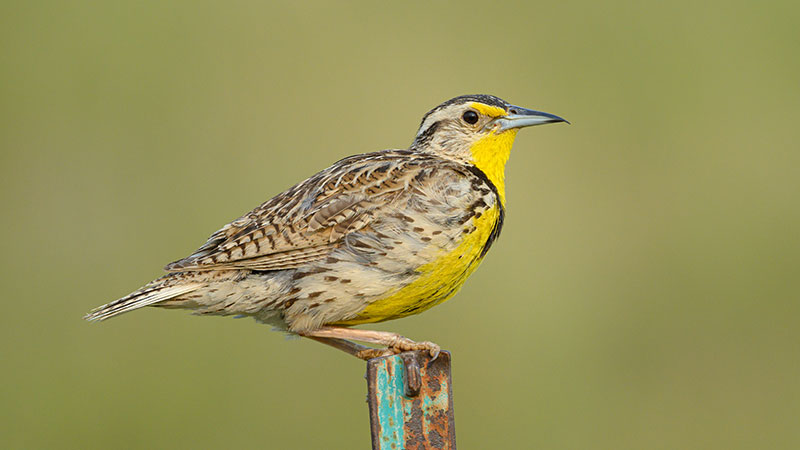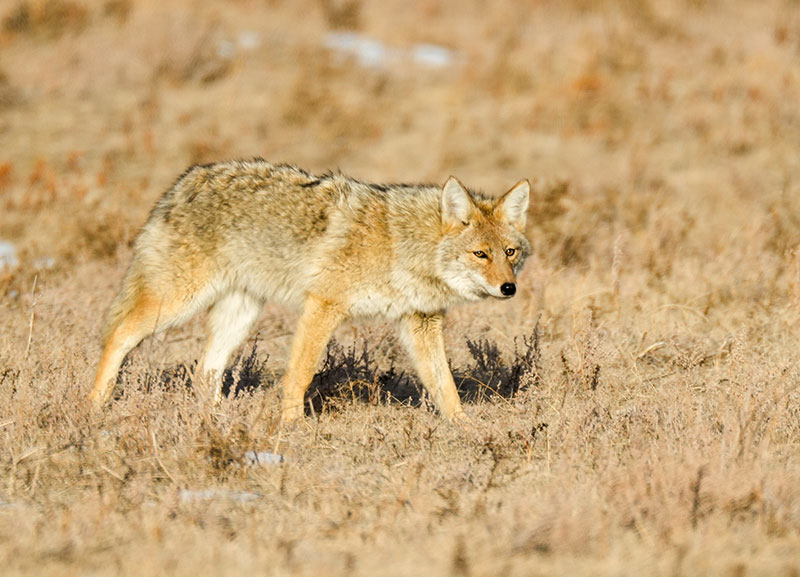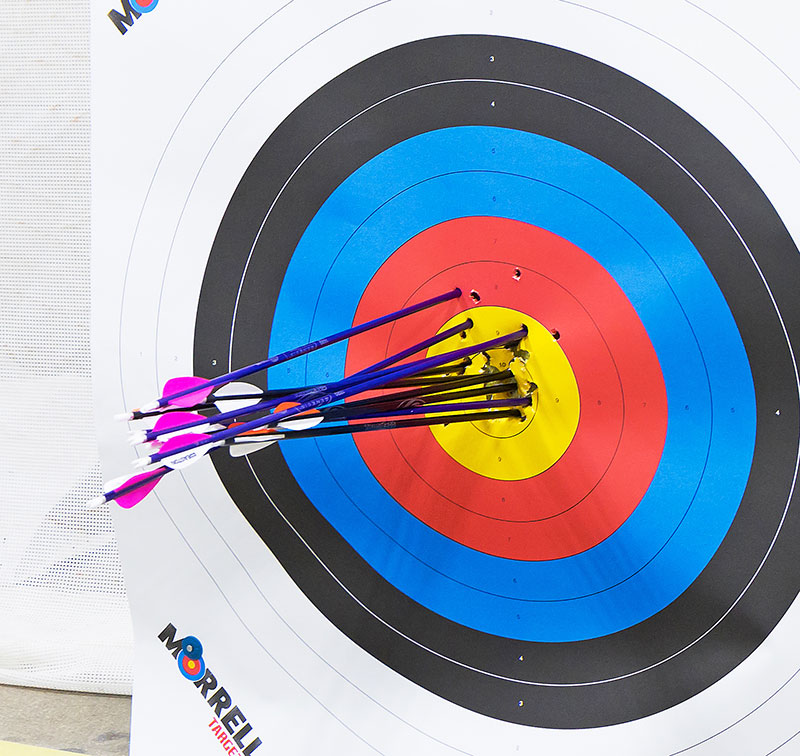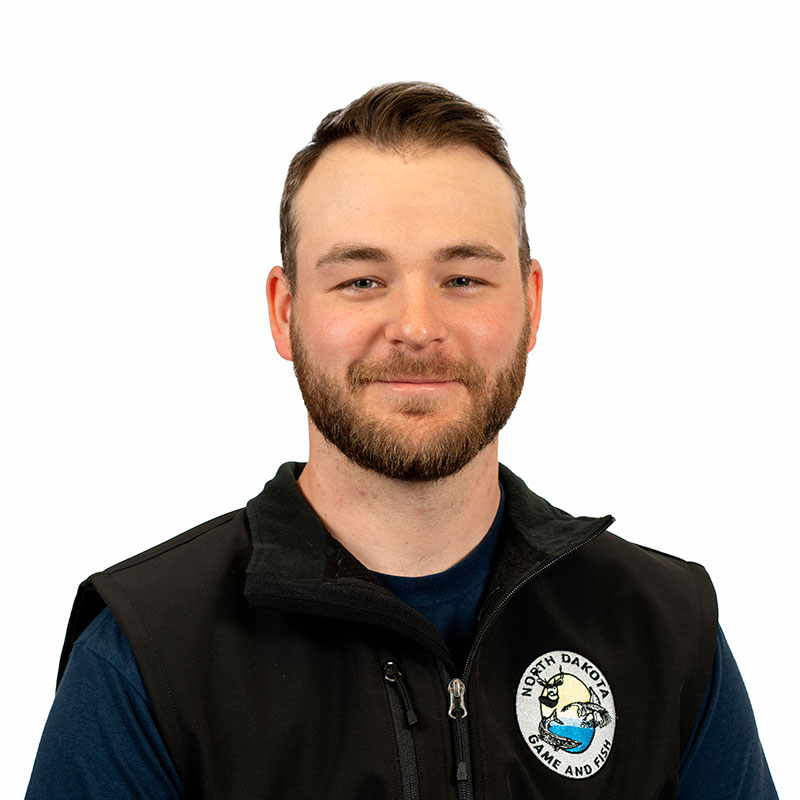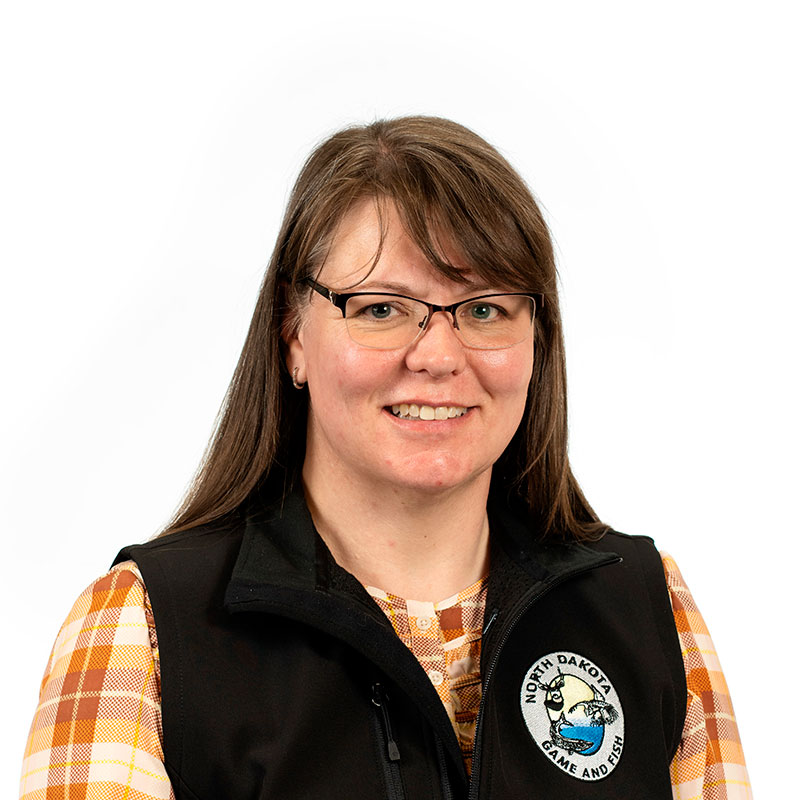North Dakota’s 2024 pheasant and sharp-tailed grouse harvests were up, while gray partridge was similar to 2023, according to the state Game and Fish Department.
RJ Gross, Department upland game management biologist, said the overall harvest was likely a result of more hunters, more trips and more birds in the population.
“The winter of 2023-24 was mild, and no die-offs were reported. In 2024, we observed an increase in pheasant crows heard during our spring crowing counts and sharptails during spring lek surveys,” Gross said. “Although chick production was decreased by the wet and cold nesting season, the increase in adult density added more broods to the population.”
Last year, 55,401 pheasant hunters (up 3%) harvested 357,018 roosters (up 12%), compared to 53,819 hunters and 319,287 roosters in 2023. Counties with the highest percentage of pheasants taken were Hettinger, Divide, Burleigh, Williams and McLean.
A total of 21,660 grouse hunters (up 1%) harvested 73,010 sharp-tailed grouse (up 8%), compared to 21,512 hunters and 67,710 sharptails in 2023. Counties with the highest percentage of sharptails taken were Divide, Hettinger, Williams, Morton and Bowman.
Last year, 21,887 hunters (up 8%) harvested 67,465 gray partridge. In 2023, 20,313 hunters harvested 67,481 partridge. Counties with the highest percentage of gray partridge taken were Stark, McLean, Hettinger, Williams and Divide.
The North Dakota Game and Fish Department encourages public comment on the revision of its 2015 State Wildlife Action Plan.
The SWAP is North Dakota’s guiding document for the conservation and restoration of at-risk species and their habitats, with a focus on preventing species from becoming endangered. It identifies species of greatest conservation need, including fish, wildlife and invertebrates.
The plan is revised every 10 years and represents a unified effort involving various stakeholders aimed at creating and implementing conservation strategies to ensure the long-term protection and sustainability of the state’s fish and wildlife.
The SWAP is a collaborative effort by Game and Fish staff, species experts, partner conservation groups, and state, federal and local agencies from North Dakota. A draft of the plan is available online, and public comments are accepted through June 30, 2025.
The North Dakota Game and Fish Department offers a simple message to the well-intentioned who want to rescue what appear to be orphaned baby animals this time of year: don’t touch them. Whether it is a young fawn, duckling, cottontail rabbit or a songbird, it is better to leave them alone.
Often, young animals are not abandoned or deserted, and the mother is probably nearby. Young wildlife are purposely secluded by adults to protect them from predators.
Anytime a young wild animal has human contact, its chances of survival decreases significantly. It’s illegal to take wild animals home, and captive animals later returned to the wild will struggle to survive without possessing learned survival skills.
The only time a baby animal should be picked up is if it is in an unnatural situation, such as a young songbird found on a doorstep. In that case, the young bird can be moved to the closest suitable habitat.
Citizens should also steer clear of adult wildlife, such as deer or moose that might wander into urban areas. Crowding stresses animals and can lead to a potentially dangerous situation.
In addition, motorists are reminded to watch for deer along roadways. During the next several weeks young animals are dispersing from home ranges, and with deer more active during this time, the potential for car deer collisions increases.
The North Dakota Cooperative Fur Harvester Education Program is holding classes Aug. 5, 7, and 9 at the North Dakota Game and Fish Department in Bismarck and Oct. 2, 3, and 4 at the Velva Wildlife Club in Velva.
Fur harvester education classes are 16 hours in length, free, voluntary, and cover topics associated with trapping and fur hunting. Much of the instruction includes hands-on experience with traps and equipment commonly used for harvesting furbearers and properly caring for the pelts.
Successful completion of this training provides certification recognized by other states where mandatory trapper education training is required. Participants can enroll for either of these classes on the Game and Fish Department website at gf.nd.gov/education/fur-harvester.
The North Dakota Cooperative Fur Harvester Education Program is also hosting a training seminar on using cable devices in North Dakota Oct. 11 from 9 a.m. to 4 p.m. at the Velva Wildlife Club.
The seminar is free and available to anyone who would like information and experience using cable devices. All aspects of cable device construction, care, use, ethics, responsibility and legal requirements are covered. Much of the instruction includes hands-on field application and set construction. Preregistration is required by contacting Rick Tischaefer at 701-460-1055.
Archers from Mt. Pleasant Public School (grades 9-12), St. Johns Academy (grades 7-8) and Lisbon Public School (grades 4-6) took team honors in the bull’s-eye competition at the 2025 National Archery in the Schools Program state tournament in Minot.
The top teams in the 3-D competition were North Sargent School (grades 9-12), St. Johns Academy (grades 7-8) and Ellendale Public School (grades 4-6).
The overall winners were Danica Onchuck, Hankinson, in the female division and the male winner was Layton Jacobson, New Rockford. In addition, Jacobson was later crowned national champion at the NASP national event in Utah in the male high school division.
The overall varsity winners in Minot were Logan Larson, Lidgerwood, in the male division and Teegan Bohnenstingl, Lidgerwood, in the female division.
Winners by competition at the state tournament were:
Bull’s-eye elementary school – Cyrus Mann, Jamestown, and Natalie Thompson, Hope-Page.
Bull’s-eye middle school – Jesse Wessels, Kensal, and McKenna Lipetzky, Jamestown.
Bull’s-eye high school – Layton Jacobson, New Rockford, and Danica Onchuck, Hankinson.
3-D elementary school – Cyrus Mann, Jamestown, and Paisley Henning, Ellendale.
3-D middle school – Ethan Krapp, Jamestown, and Presley Thompson, Lisbon.
3-D high school – Layton Jacobson, New Rockford, and Aubry Joule, Mt. Pleasant.
The top five scholarship winners in the female division were Danica Onchuck, Hankinson; McKenna Lipetzky, Jamestown; Brekka Kuss, Carrington; Presley Thompson, Lisbon; and Teegan Bohnenstingl, Lidgerwood.
The top five scholarship winners in the male division were Layton Jacobson, New Rockford; Samuel Thompson, Hope-Page; Logan Larson, Lidgerwood; Isiah Wertz, Oakes; and Eli Alfstad, New Rockford.
Conservation Biologist Hired
Greg Schonert was named North Dakota Game and Fish Department conservation biologist in Bismarck.
Schonert worked with the North Dakota Department of Transportation in their environmental section and more recently was a biologist with the U.S. Forest Service.
Johnson New PLI Biologist
Zachary Johnson was added to the North Dakota Game and Fish Department’s private land initiative staff as a biologist in Bismarck.
Before coming to the agency, Johnson worked for North Dakota State University as a research assistant studying invasive grasses. He recently completed his master’s of science degree at NDSU, working at the Central Grasslands Research Center, where he studied the timing of cattle grazing for restoring native plant diversity in smooth brome invaded grasslands.
Reith Joins PLI Staff
Ben Reith was hired as a North Dakota Game and Fish Department private land initiative biologist in Dickinson.
Reith is from Michigan where he worked for the U.S. Fish and Wildlife Service on a sea lamprey control project before joining the agency. He is also a former member of the U.S. Air Force and has held several wildlife related positions in the western United States.
Kammer Named Business Manager
Alison Kammer was named business manager for the North Dakota Game and Fish Department in Bismarck.
Before joining the agency, Kammer worked for the U.S. Forest Service where she spent the past 15 years as a program manager. Her work focused on managing many grants associated with fisheries, wildlife, and other natural resource initiatives across the country.


